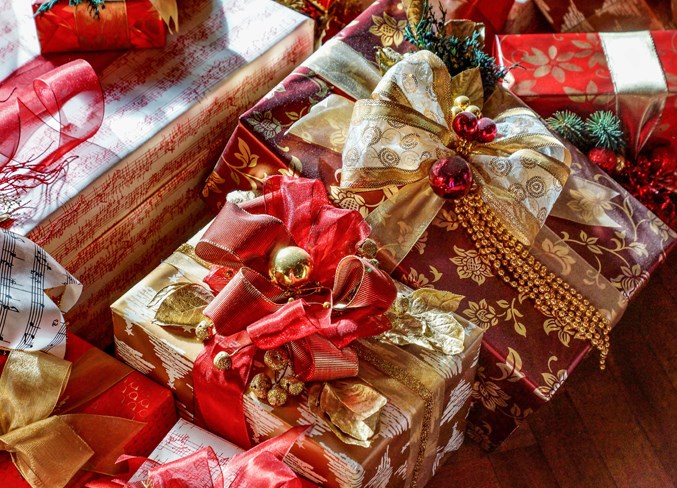As parents navigate the aftermath left from the toy explosions that took place in their living rooms only two days ago, those who are looking to lessen their environmental impact should think twice before stuffing their bins for weekly pickup. With many toys arriving in intertwined mystery material wrap or an odd fusion of cardboard-meets-plastic, those looking to do their part properly should be mindful that mixed components, ribbons and string, multi-material wrapping paper. Multi component wraps that include the likes of bubble wrap (which often contains tape stuck to it or other materials) is not recyclable. All recyclable products should be free from contamination. "The rule is when the material is two different kinds it cannot be recycled ... if you're able to separate it, great, if not – it's garbage," explained Fabrizio Bertolo, waste and recycling manager for the town. Bertolo said that a few simple extra steps can go a long way to ensuring bin contamination rates don't go sky-high. While contamination spikes during both the holiday and spring cleaning seasons, most other months around 85 per cent of what is put into bins is correct – with contamination averaging around 15 per cent. This is according to Cascades, the massive sorting facility in Calgary that all town waste is shipped to. On average, the town produces 10 metric tonnes of garbage per day; around eight metric tonnes of recycling daily; and organic varies from five to 13 metric tonnes per day – depending on the time of year, with higher rates in the spring through fall months due to grass clippings and garden materials being put into green bins. Other common detritus defiance habits include plastic wrap and film. Bertolo said this can wreak havoc and wind up in garbage if plastic wraps, bags and Ziplocs aren't bundled or tied up and placed into the blue bins that way. "Otherwise (these plastics are) just a problem because it's too light and flies all over the place," he said, explaining that the haphazard plastics get stuck in conveyor belts. Food containers are frequently dumped into blue bins and Bertolo is hopeful residents will fully utilize their green bins this season – where all food and food-stained cardboard and compostable products should be going. Meanwhile, those concerned about China putting the brakes on accepting anymore recyclables due to contaminated plastics and paper can be assured that even though the cost is higher, recyclables are not going to landfill – rather, they are being recycled in the province. Bertolo said they are also among the municipalities putting pressure on the province, as Alberta is the only province without an Extended Producer Responsibility (EPR) – where the product end of life is shifted from the consumer back to the producer. Town council signed a letter of support that was sent to the province several months ago, lending their support to an EPR, but nothing has come of it yet. The town launched their weekly curbside recycling program (blue bins) in 2011 and the organics (green bins) in 2017. Learn more at cochrane.ca.




